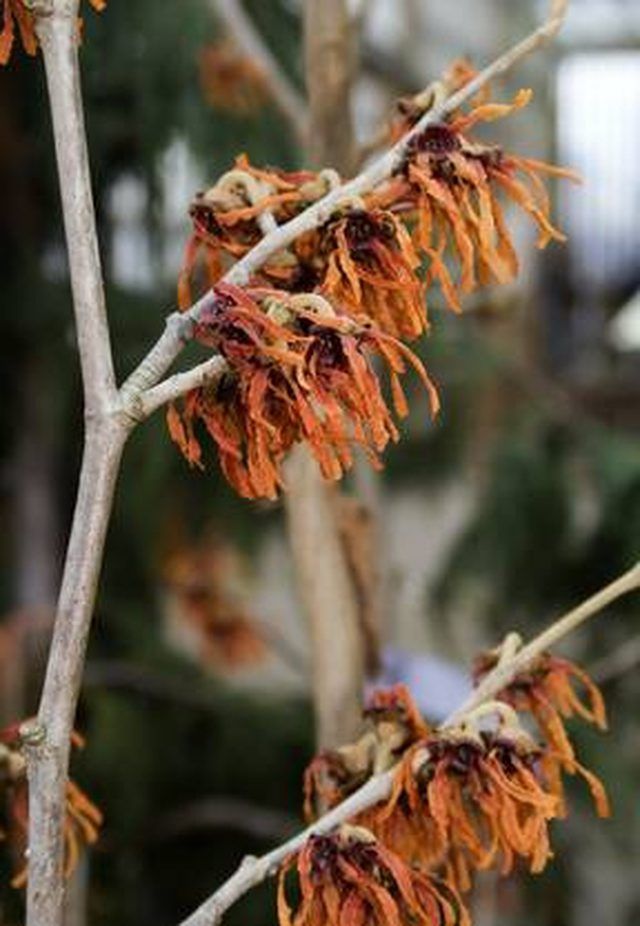Bulbs
Flower Basics
Flower Beds & Specialty Gardens
Flower Garden
Garden Furniture
Garden Gnomes
Garden Seeds
Garden Sheds
Garden Statues
Garden Tools & Supplies
Gardening Basics
Green & Organic
Groundcovers & Vines
Growing Annuals
Growing Basil
Growing Beans
Growing Berries
Growing Blueberries
Growing Cactus
Growing Corn
Growing Cotton
Growing Edibles
Growing Flowers
Growing Garlic
Growing Grapes
Growing Grass
Growing Herbs
Growing Jasmine
Growing Mint
Growing Mushrooms
Orchids
Growing Peanuts
Growing Perennials
Growing Plants
Growing Rosemary
Growing Roses
Growing Strawberries
Growing Sunflowers
Growing Thyme
Growing Tomatoes
Growing Tulips
Growing Vegetables
Herb Basics
Herb Garden
Indoor Growing
Landscaping Basics
Landscaping Patios
Landscaping Plants
Landscaping Shrubs
Landscaping Trees
Landscaping Walks & Pathways
Lawn Basics
Lawn Maintenance
Lawn Mowers
Lawn Ornaments
Lawn Planting
Lawn Tools
Outdoor Growing
Overall Landscape Planning
Pests, Weeds & Problems
Plant Basics
Rock Garden
Rose Garden
Shrubs
Soil
Specialty Gardens
Trees
Vegetable Garden
Yard Maintenance
Facts About the Witch Hazel Tree
Facts About the Witch Hazel Tree. The witch hazel tree is a small tree that is well under 25 feet tall. It has light brown bark, white sap, and long, curved buds. The leaves are approximately 5 inches long, turn yellow in the fall and typically stay attached to the tree during the entire winter.

The witch hazel tree is a small tree that is well under 25 feet tall. It has light brown bark, white sap, and long, curved buds. The leaves are approximately 5 inches long, turn yellow in the fall and typically stay attached to the tree during the entire winter.
Geography
Witch hazel is a native tree from the southeastern United States. The witch hazel tree grows well in low-lying rich soil. Witch hazel trees are commonly found along river and stream edges. Additionally, witch hazel trees are abundant among smaller forest growth. Witch hazel trees grow in central Canada, the central United States and southern U.S. states and can be often be found on partially shaded slopes, country lanes and lining fence rows.
Uses
Witch hazel trees are popular ornamental trees and grow well in yards. One reason for their popularity is the fact that the leaves, twigs, and bark can be collected and used to make an extract that has medicinal qualities. Witch hazel extract can be used as a topical astringent and to treat bruising on the skin.
Additionally, the nutty seeds from the witch hazel tree have been a Native American-favorite because of their flavoring, which is similar to pistachio nuts.
Spring
In the spring seasons, when most trees are full of new bright green leaves and sweet smelling blossoms, the witch hazel tree seems dormant and asleep. There are no new leaves budding and no blooms appear. But small new shoots and little green seed pods can be found underneath the branches. When the tree is examined closely there may even be remnants of last year's seed pods still hanging on to the branches found there.
Summer
As the warm months progress and summer starts, the witch hazel tree seemingly remains dormant. To a casual observer, it may even seem as if no changes have occurred at all. Upon closer examination, there are small, new twigs growing on side branches. These twigs have leaves growing by mid-summer and under the leaves there are small green seed pods growing. The seed pods grow large enough to split open the protective housing that kept them safe in the spring.
Autumn
As other trees are exploding in fall colors, the witch hazel tree continues on its own unique time-table. Other trees are winding down and preparing for cold months ahead, but the witch hazel tree is finally ready to bloom. The blossoms of the witch hazel tree are petite with small streamers of yellow. The four-petaled blossoms fill the autumn air with a fragrance that is as unusual as the tree itself. The aging leaves compliment the flowers and the green seed pods are hidden among the foliage.
The seed pods house seeds from last year's blossoms that have been slowly ripening all season long. Every seed pod contains two black seeds. As soon as the weather turns cold enough in late autumn, the seed pods open and the seeds are forcefully blown into the air. For several days, the seed pods will continue to open on every witch hazel tree and all of the black seeds will be blown out into all different directions.
Winter
The golden blossoms become spent but the witch hazel tree manages to hold on to many old blossoms throughout the winter. The petals usually curl up onto themselves and hang on to the branches until spring, when they will flutter to the ground. The leaves grow old, dingy and withered, yet they also cling tenaciously to the branches throughout the winter months. It is not until the weather gets warmer that last year's growth will fall from the witch hazel tree branches.